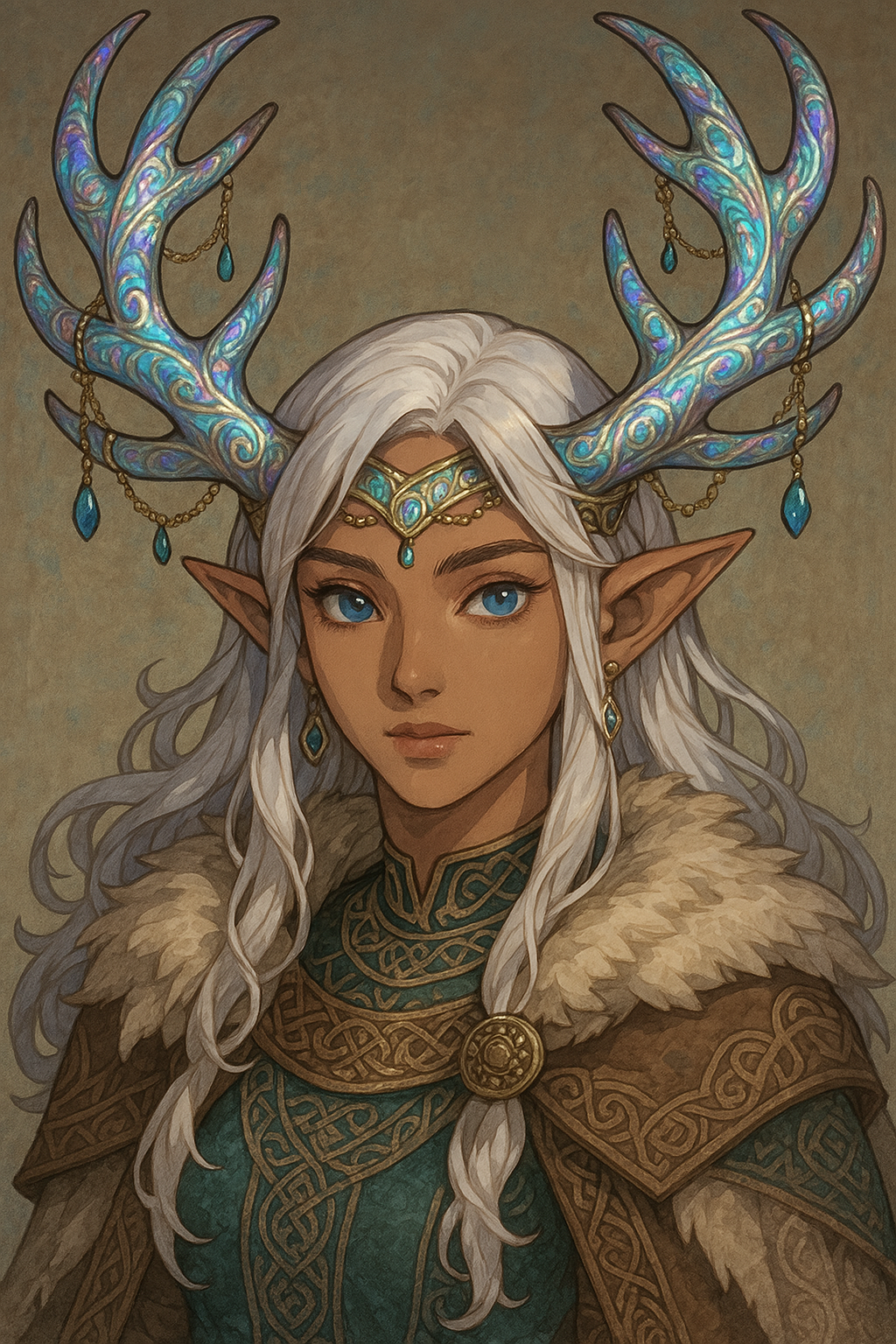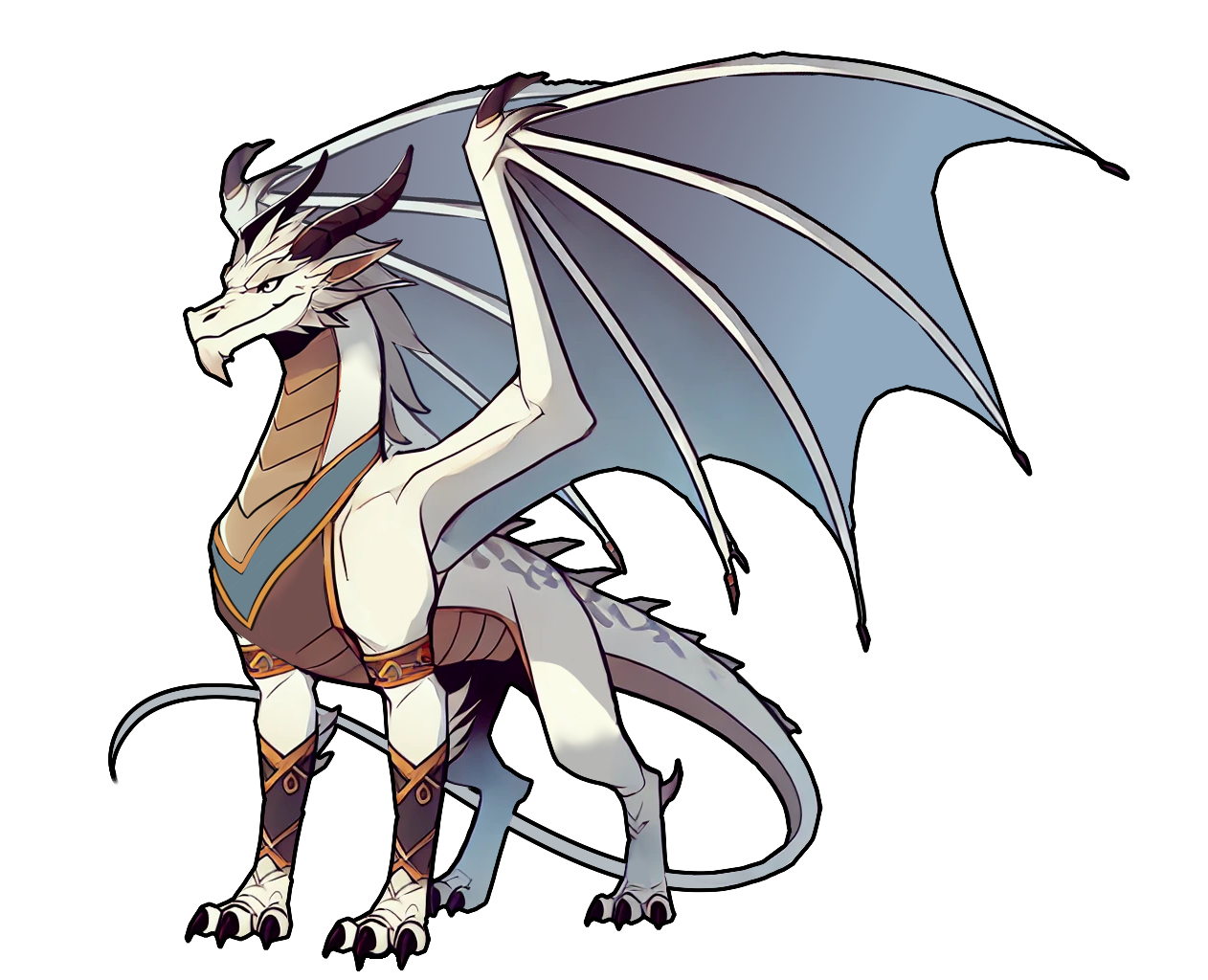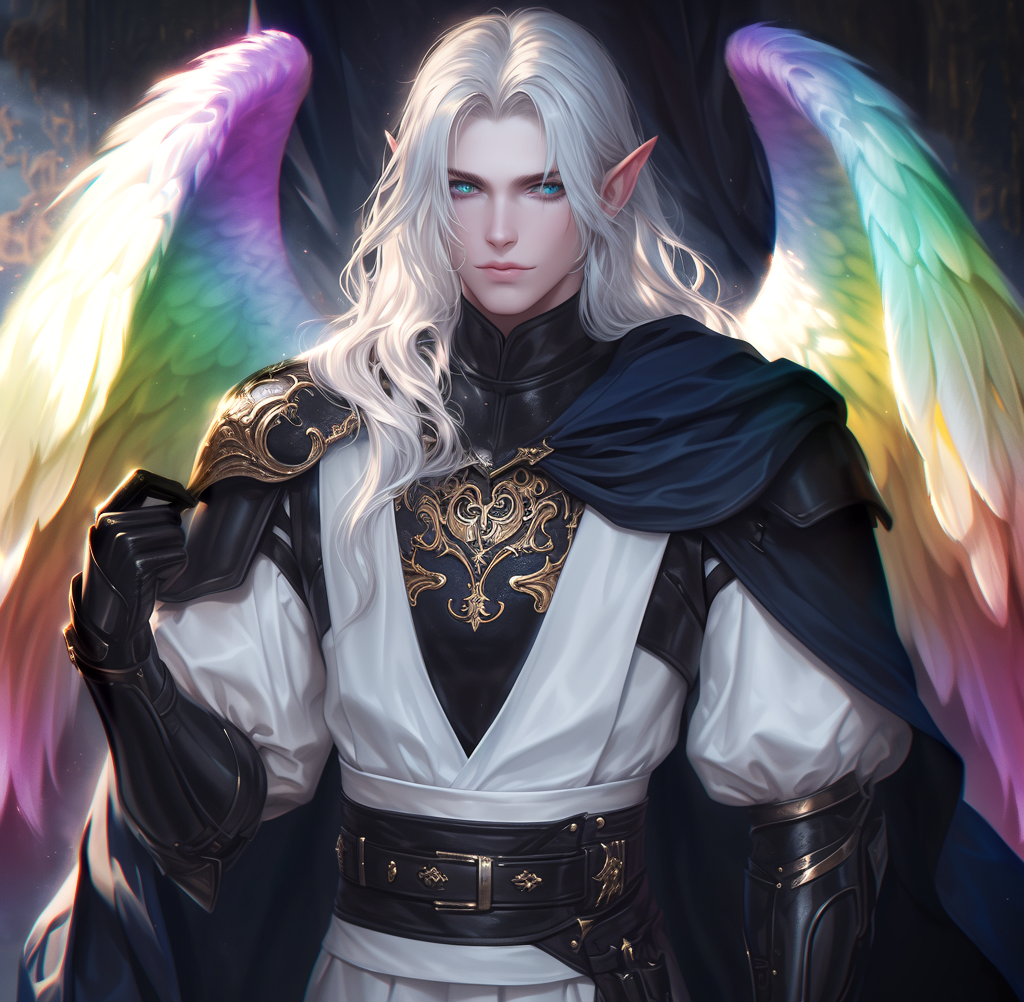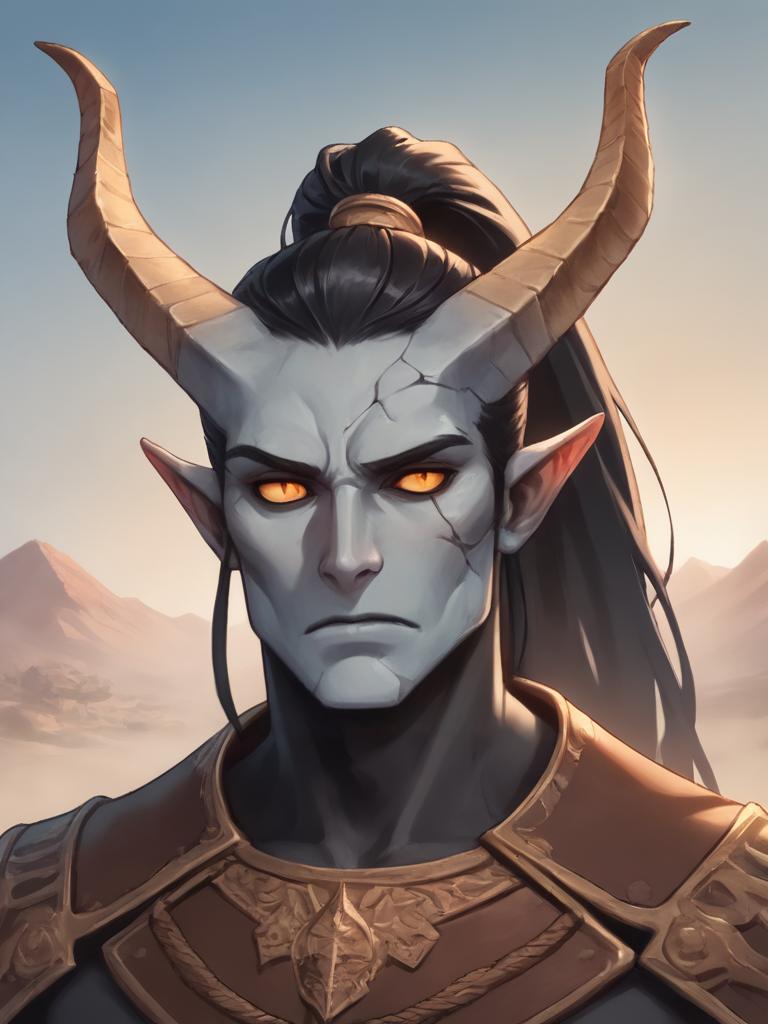Paladin of Light
Alderwyne
Important Note / Disclaimer:
Centerra
OUT OF CHARACTER INFORMATION
Intent: I want to develop an engaging background to enhance custom content, with a micro faction I've created. This will make it easier for others to grasp and enjoy these ideas, and allow them to contribute if interested.
Image Credit: N/A
Canon: [N/A]
Permissions: [N/A]
Links: [N/A]
GENERAL INFORMATION
Planet Name: Centerra
Demonym: Centerrian
Region: Unknown Regions.
System Name: Luminaria
System Features: Centerra has one Sun known as Eos, and two satellite moons by the names of Oceanus, and Pilos. The Luminaria system resides within a treacherous nebula formed from an imploded star cluster, making typical navigation difficult and often can obscure the planet of Centerra and its moons.
Location: [Here]
Major Imports: Advanced technology, luxury goods, rare minerals
Major Exports:
GEOGRAPHIC INFORMATION
Gravity:
80% Standard Gravity
Climate:
Temperate & Greenhouse: Varied climate with diverse biomes ranging from lush forests to arid deserts
Primary Terrain:
Forests, mountains, grasslands, rivers.
Atmosphere: Type II, Atmospheric density is 20% higher than Standard. 30-50% more Oxygen than Standard.
(Those that breath Type I are going to have trouble in certain places if they do not have an oxygen regulator.
Things to look out for: Hyperoxia, Oxygen Toxicity , Oxygen is present in incendiary quantities-Little ones tend to have minor problems with breathing and adjust as they grow up depending on the density of oxygen in their local habitats. )
LOCATION INFORMATION
Capital City:
Solara City
Planetary Features:
Ancient ruins, interconnected cities, floating urban platforms
Major Locations:
Solara City (capital), Verdant Forest, Sunspire Mountains, Crystal Lake, Whispering Badlands, Temple of the Sun and Moon, Temple of Radiance, ( more to be added)
Force Nexus (Optional):
TBD
POPULATION
Native Species:
[Aelorian]
[Catarri]
[Cellestella]
[Celesteri]
[Divinarie]
[Dracelvarian]
[Laminorian]
[Marbrecretian]
[Sanguiorian]
[Vainalorium]
Fauna / Flora :
Approved Species - Anchi'baburu - Invasive Species
Approved Species - Noctua - Native Species
Immigrated Species: Various alien species with insignificant populations
Population:Sparse
Demographics: A diverse population consisting of Centerran Humans and immigrants from various species
Primary Languages: Galactic Basic, Centerran dialects
Culture: Centerran culture is a blend of traditional values, appreciation for nature, and technological advancement. The arts, music, and craftsmanship are highly valued, and there is a strong sense of community and cooperation.
GOVERNMENT & ECONOMY
Government:Centerra operates under an Oligarchy led by the Council of Elders, with elected representatives ensuring balanced governance. Key roles include the Lord Protector, Chancellor, High Counselor, and others overseeing different aspects of governance, defense, and diplomacy.
Wealth: High,
Stability: High, with a well-functioning government and low crime rates
Freedom & Oppression: Centerra is a planet that values freedom and individual rights. The government upholds the rule of law and ensures equal opportunities for all citizens.
MILITARY & TECHNOLOGY
Military: Centerra maintains a moderate-sized defense force for planetary security and peacekeeping operations.
Technology:
In Centerra, technology varies widely. Some places have high-tech because of their wealth or focus on science, while others use simple tools, valuing tradition or spirituality more. The size and power of a community can also affect its tech level, with bigger governments investing in research and smaller ones focusing on basic needs. This mix allows for different cultures to learn from each other and grow.
HISTORICAL INFORMATION
Every 100 years, the "Stellar Convergence" occurs, aligning celestial bodies, creating vivid skies, tidal waves, and temporary portals. This event is awe-inspiring but can be dangerous, offering great power or causing chaos. The Sun Star Order plays a key role in guiding and protecting Centerra during this time, reinforcing the planet's deep cosmic connections and the importance of balance.
Centerra was found by explorers during the Expansion Era and became home to different groups seeking a new start. Conflicts between these groups led to instability. The Sunstar Order helped bring peace, and the Oligarchy, with representatives from all groups, was set up to govern and keep peace. The Council of Elders aids in decision-making, with the Lord Protector leading. Despite ups and downs, Centerra stands as a symbol of unity.

Important Note / Disclaimer:
In Centerra, various groups see the Force as connections or cosmic energies, echoing the Ewoks' mystical view. Considered magical, the Force significantly shapes the planet's cultures. Force anomalies reveal Centerra's close ties to the Force. Elements like the Stellar Convergence emphasize the balance between the Force and life, adding a distinct touch to this fictional setting.
OUT OF CHARACTER INFORMATION
Intent: I want to develop an engaging background to enhance custom content, with a micro faction I've created. This will make it easier for others to grasp and enjoy these ideas, and allow them to contribute if interested.
Image Credit: N/A
Canon: [N/A]
Permissions: [N/A]
Links: [N/A]
GENERAL INFORMATION
Planet Name: Centerra
Demonym: Centerrian
Region: Unknown Regions.
System Name: Luminaria
System Features: Centerra has one Sun known as Eos, and two satellite moons by the names of Oceanus, and Pilos. The Luminaria system resides within a treacherous nebula formed from an imploded star cluster, making typical navigation difficult and often can obscure the planet of Centerra and its moons.
Location: [Here]
Major Imports: Advanced technology, luxury goods, rare minerals
Major Exports:
- Cannon Material Exports
-
Nova Crystals
Neuranium
Azurite
B'omarr_regeneration_gem
Devaronian_blood-poison
Firegem
Gemstone
Heart of Fire
Heart of the Universe
Hypergem
Marilite
Pikach
Power gem
Prismatic crystal
Quella stone
Rainbow gem
Rol Stone
Shadeshine
Solarbenite
Sun crystal
Sun-stone
Sunblaze
Sunstar/Legends
Topaz
Velmorite
Wind-crystal
Common Materials:
Water
Wood
Iron
Aluminum
Copper
Steel
Plastic
Glass
Petroleum
Natural Gas
Coal
Gold
Silver
Limestone
Marble
Granite
Quartz
Slate
Sandstone
Basalt
Obsidian
Gypsum
Chalk
Shale
Mica
Alexandrite
Tanzanite
Paraiba Tourmaline
Pink Star Diamond
Musgravite
Jadeite
Blue Moon Diamond
Red Beryl
Grandidierite
Serendibite
- Custom Material Exports
-
Unique Materials:
Laurasil Trees
Lunar Pearls: Centerra's satellite moon, Oceanus, could be home to exquisite and luminescent lunar pearls. These pearls, formed within the moon's deep oceanic trenches, possess unique properties and are highly prized as rare jewelry or components in delicate and advanced technologies.
Aetherium Prism: The Aetherium Prism captures the essence of the prismatic gem used for memory storage and integration into starships. Its name invokes a sense of ethereal energy and the mystical properties associated with this powerful crystal. The Aetherium Prism symbolizes the bridge between the physical and metaphysical realms, where memories are stored and starships are imbued with intelligence. Its radiant, shifting colors reflect the vast knowledge and possibilities contained within, making it a pivotal component in advanced starship technology.
Medicinal Herbs:
Zephyrleaf: Zephyrleaf is a delicate herb with feathery, silver-green leaves that sway gently in the breeze. It possesses calming and soothing properties when brewed into a tea or used in aromatherapy. Zephyrleaf is known to alleviate anxiety, promote relaxation, and aid in sleep, making it a sought-after herb for stress relief and improving overall well-being.
Luminabloom: Luminabloom is a radiant flower that blooms in various vibrant colors, ranging from deep blues to shimmering golds. The petals of Luminabloom contain potent antioxidants and healing properties. When infused into an oil or salve, it can be applied topically to soothe and rejuvenate the skin, helping to reduce inflammation, heal wounds, and promote a healthy complexion.
Serenroot: Serenroot is a resilient herb that grows in the tranquil groves of Centerra's forests. Its roots, when dried and ground into a powder, possess natural anti-inflammatory and analgesic properties. Serenroot is often used to alleviate pain, treat minor injuries, and reduce swelling. It can be brewed into a tea or applied as a poultice to relieve discomfort and aid in the healing process.
Agricultural Exports:
Solaris Berries: Solaris Berries are vibrant, sun-kissed fruits that thrive in Centerra's temperate climate and rich soil. These succulent berries are known for their sweet and tangy flavor, as well as their high antioxidant content. Solaris Berries are sought after for their health benefits and are often used in the production of juices, jams, and desserts.
Embergrain: Embergrain is a unique cereal grain cultivated on Centerra's fertile plains. It is characterized by its rich golden hue and robust flavor. Embergrain is highly nutritious and packed with essential vitamins and minerals. It can be milled into flour for baking bread, pastries, and other grain-based products.
Crystalline Honey: Centerra is home to unique bee colonies that produce a remarkable honey known as Crystalline Honey. This honey derives its name from its distinct crystalline texture, which forms naturally within the honeycomb. Crystalline Honey is prized for its delicate and complex flavor profile, combining floral notes with a hint of sweetness. It is sought after for its therapeutic properties and is believed to possess immune-boosting and healing benefits. Crystalline Honey is used as a natural sweetener, a key ingredient in herbal remedies, and a gourmet addition to teas and culinary creations. Its exquisite taste and medicinal qualities make it a highly sought-after agricultural product for export from Centerra
- Custom Unexploited Resources
-
Sylverite Crystals: Sylverite Crystals are special gems known for their ability to channel and amplify the Force. Centerra's Force energies and the planet's connection to the force could result in the existence of abundant Sylverite Crystal deposits, making them a valuable resource for the Force-sensitive inhabitants of the world.
Sub types of Slyverite Crystals:
Lumirite: Lumirite crystals are known for their vibrant luminescence, emitting a soft, soothing glow. They are often used in the creation of decorative and aesthetic items, such as jewelry or ornamental pieces.
Prismarite: Prismarite crystals possess a unique property of refracting and dispersing light into a stunning spectrum of colors. They are highly sought after by artists and designers for their ability to create captivating visual displays.
Solaceite: Solaceite crystals have a calming and soothing energy that promotes inner peace and tranquility. They are commonly used in meditation practices and healing therapies, helping individuals find solace and balance.
Zephyrite: Zephyrite crystals are associated with the element of air and are said to carry the essence of gentle breezes and uplifting winds. They are often used in spiritual rituals and ceremonies to invoke a sense of freedom and clarity.
Emberite: Emberite crystals possess a warm, fiery glow, reminiscent of flickering flames. They are utilized for their heat-absorbing properties, making them ideal for creating insulation materials or heat-resistant barriers.
GEOGRAPHIC INFORMATION
Gravity:
80% Standard Gravity
Climate:
Temperate & Greenhouse: Varied climate with diverse biomes ranging from lush forests to arid deserts
Primary Terrain:
Forests, mountains, grasslands, rivers.
Atmosphere: Type II, Atmospheric density is 20% higher than Standard. 30-50% more Oxygen than Standard.
(Those that breath Type I are going to have trouble in certain places if they do not have an oxygen regulator.
Things to look out for: Hyperoxia, Oxygen Toxicity , Oxygen is present in incendiary quantities-Little ones tend to have minor problems with breathing and adjust as they grow up depending on the density of oxygen in their local habitats. )
LOCATION INFORMATION
Capital City:
Solara City
Planetary Features:
Ancient ruins, interconnected cities, floating urban platforms
Major Locations:
Solara City (capital), Verdant Forest, Sunspire Mountains, Crystal Lake, Whispering Badlands, Temple of the Sun and Moon, Temple of Radiance, ( more to be added)
Force Nexus (Optional):
TBD
POPULATION
Native Species:
[Aelorian]
[Catarri]
[Cellestella]
[Celesteri]
[Divinarie]
[Dracelvarian]
[Laminorian]
[Marbrecretian]
[Sanguiorian]
[Vainalorium]
Relationships Between Races and Cultures on Centerra
| Race/Culture | Friendly With | Conflicts With | General Alignment | Political Dynamics |
|---|---|---|---|---|
| Aelorian | Celestella, Celestiri | Sanguiorian | Neutral Good | Advocate for peace, oppose aggression, support cultural exchange |
| Celestella | Aelorian, Celestiri, Divinarie | Sanguiorian | Neutral Good | Mediate disputes, trade-focused, foster alliances |
| Celestiri | Aelorian, Celestella, Divinarie | Sanguiorian | Chaotic Good | Push for freedom, resist control, support rebellions |
| Divinarie | Celestella, Celestiri | Sanguiorian | Neutral Good | Balance traditions with diplomacy, promote education |
| Dracelvarian | Sun Star Order (conditionally) | Sanguiorian, Marbrecretian | Lawful Neutral | Strategic, balance between order and autonomy, focus on military strength |
| Laminorian | Marbrecretian | Vainalorium | Chaotic Neutral | Opportunistic, adapt to power shifts, engage in espionage |
| Marbrecretian | Laminorian | Vainalorium, Dracelvarian | True Neutral | Neutral mediators, focus on stability, act as economic hubs |
| Sanguiorian | None | Aelorian, Celestella, Celestiri, Divinarie, Dracelvarian, Catarri | Lawful Evil | Seek control, use force and intimidation, enforce strict laws |
| Vainalorium | None | Laminorian, Marbrecretian, Catarri | Chaotic Neutral | Disruptive, thrive on chaos, engage in piracy and raiding |
| Catarri | Celestella, Celestiri | Sanguiorian, Vainalorium | True Neutral | Isolationist, avoid political entanglements, protect natural resources |
Fauna / Flora :
Approved Species - Anchi'baburu - Invasive Species
Approved Species - Noctua - Native Species
Immigrated Species: Various alien species with insignificant populations
Population:Sparse
Demographics: A diverse population consisting of Centerran Humans and immigrants from various species
Primary Languages: Galactic Basic, Centerran dialects
Culture: Centerran culture is a blend of traditional values, appreciation for nature, and technological advancement. The arts, music, and craftsmanship are highly valued, and there is a strong sense of community and cooperation.
GOVERNMENT & ECONOMY
Government:Centerra operates under an Oligarchy led by the Council of Elders, with elected representatives ensuring balanced governance. Key roles include the Lord Protector, Chancellor, High Counselor, and others overseeing different aspects of governance, defense, and diplomacy.
Wealth: High,
Stability: High, with a well-functioning government and low crime rates
Freedom & Oppression: Centerra is a planet that values freedom and individual rights. The government upholds the rule of law and ensures equal opportunities for all citizens.
MILITARY & TECHNOLOGY
Military: Centerra maintains a moderate-sized defense force for planetary security and peacekeeping operations.
Technology:
In Centerra, technology varies widely. Some places have high-tech because of their wealth or focus on science, while others use simple tools, valuing tradition or spirituality more. The size and power of a community can also affect its tech level, with bigger governments investing in research and smaller ones focusing on basic needs. This mix allows for different cultures to learn from each other and grow.
HISTORICAL INFORMATION
Every 100 years, the "Stellar Convergence" occurs, aligning celestial bodies, creating vivid skies, tidal waves, and temporary portals. This event is awe-inspiring but can be dangerous, offering great power or causing chaos. The Sun Star Order plays a key role in guiding and protecting Centerra during this time, reinforcing the planet's deep cosmic connections and the importance of balance.
Centerra was found by explorers during the Expansion Era and became home to different groups seeking a new start. Conflicts between these groups led to instability. The Sunstar Order helped bring peace, and the Oligarchy, with representatives from all groups, was set up to govern and keep peace. The Council of Elders aids in decision-making, with the Lord Protector leading. Despite ups and downs, Centerra stands as a symbol of unity.
-
You are here.
-
Comprehensive Cultural and Religious Elements Index for Centerra
Religions and Beliefs
Cultural Events and RitesConcept Description Astralism Central to Divinarie culture, emphasizes interconnectedness of all beings and cosmic unity. Involves meditation, rituals, and ceremonies to strengthen cosmic connections. Sanguiorian Spirit Worship Sanguiorians revere large, fierce creatures and mix shamanistic beliefs with spirit worship, believing in gods of natural elements. The Great Spirit (Laminorians) An ancient and revered deity central to Laminorian spirituality, representing the overarching spiritual essence and influencing natural and mystical aspects of life. The Old Ones (Sanguiorians) Ancient spirits focused on by Sanguiorian cults, associated with older, more traditional beliefs and practices, often considered guardians or forebears. Marbrecretian Militaristic Religion Believes in a paradise for warriors who die in battle, emphasizing honor, strength, and the importance of military prowess in their culture. Celestiri Beliefs Centered around the divine realm of Tyrryn Nah Nogg, akin to Force Ghosts or anomalies, reflecting their belief in the mystical forces of nature and the cosmos. Dracelvarian Eternal Dance Celebrates spontaneity and interconnectedness, emphasizing joy, laughter, and the dynamic beauty of nature through vibrant celebrations and rituals.
Historical and Mythical FiguresEvent/Ceremony Description Celestial Convergence (Divinarie) A rite of passage marking adulthood with symbolic rituals and communal celebrations that connect deeply with celestial forces. Stellar Convergence A significant celestial event affecting all cultures on Centerra, highlighting the balance between the Force and life, influencing religious and cultural observances. Marbrecretian Warrior Celebrations Events idolizing war and confrontation, celebrated through combat and ceremonies that honor the dead and victorious.
Additional Entities and ConceptsFigure Description Aelar the Peacebringer (Divinarie) Unified the Divinarie during internal strife and established peace with the Sanguiorians through the Accord of Celestial Unity.
Concept Description Force Anomalies Manifestations of Centerra's strong connection to 'cosmic energies' or Force Energies, influencing the planet's cultures and beliefs. Marbrecretians A warrior race with a feudal society that values military strength and honor, living in the harsh desert of the Whispering Badlands. Ancestral Afterlife (Celestiri) Influenced by Force Ghosts, where spirits guide or interact with the living, integrating the Force into cultural spirituality. Dark Magic (Celestiri) Equated with the dark side of the Force, representing a significant threat to their spirituality and balance. Dracelvarians Known for their sharp wit, agility, and a unique shifter ability allowing transformation into dragon forms. Their society combines feudal and industrial elements with a vibrant spiritual life centered on the "Eternal Dance."
































